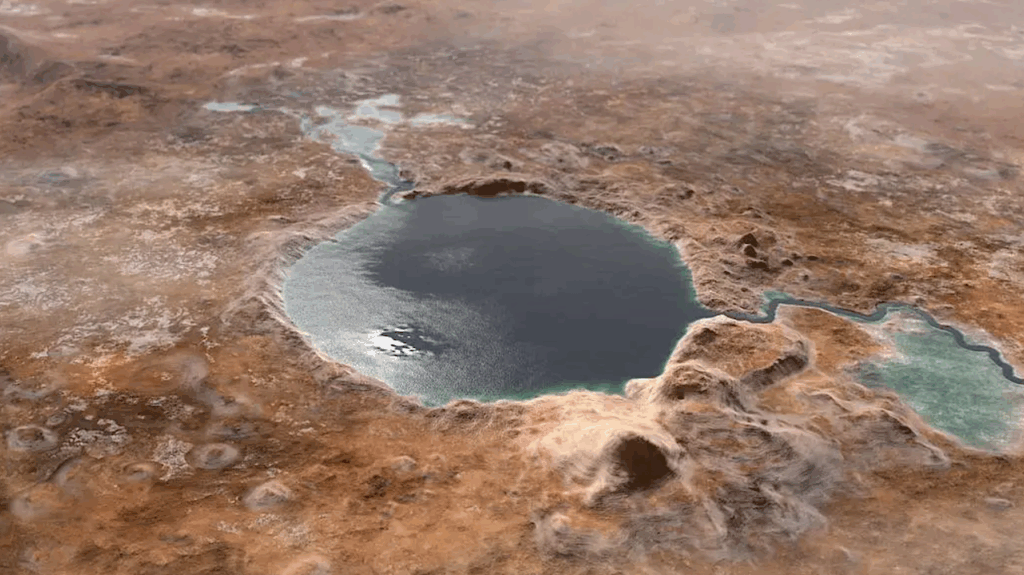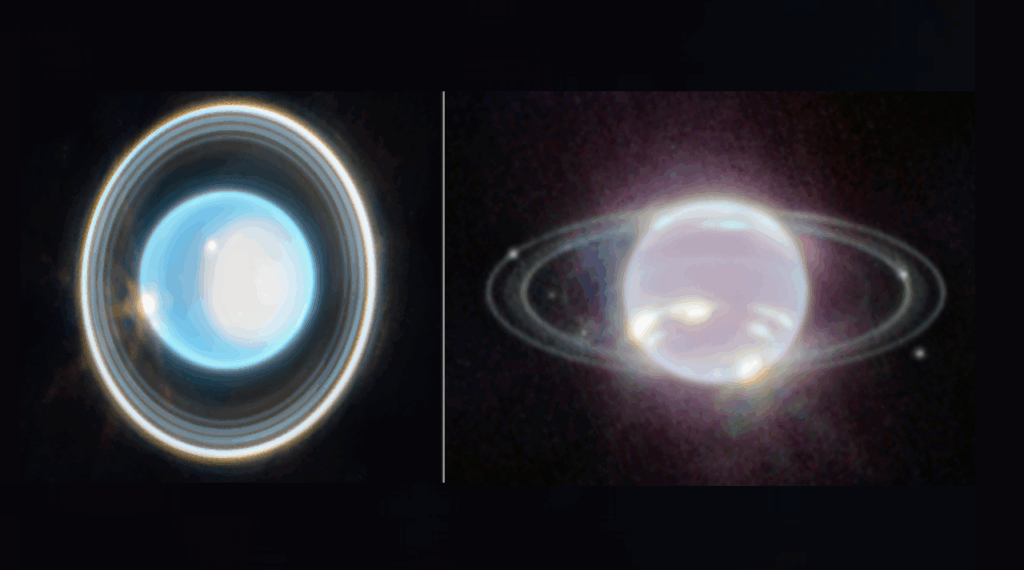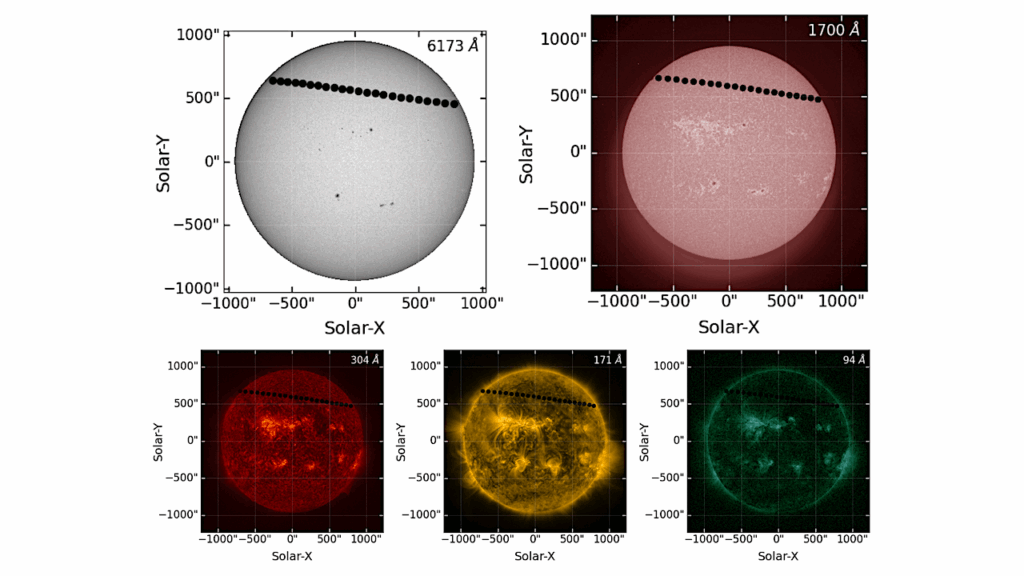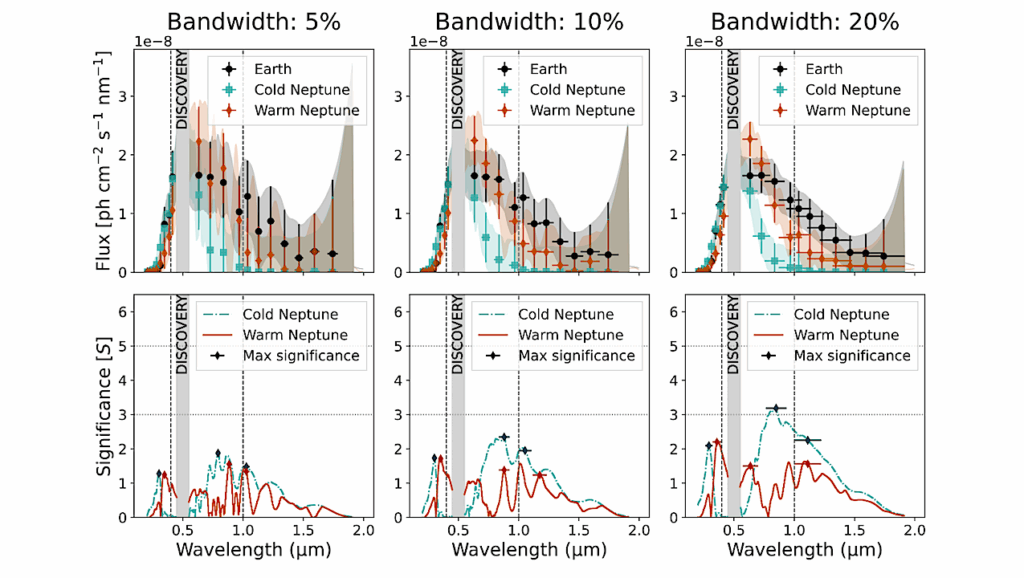An Earth-like Stellar Wind Environment For Proxima Centauri c

A new planet has been recently discovered around Proxima Centauri. With an orbital separation of ∼1.44 au and a minimum mass of about 7 M⊕, Proxima c is a prime direct imaging target for atmospheric characterization.
The latter can only be performed with a good understanding of the space environment of the planet, as multiple processes can have profound effects on the atmospheric structure and evolution. Here, we take one step in this direction by generating physically-realistic numerical simulations of Proxima’s stellar wind, coupled to a magnetosphere and ionosphere model around Proxima c. We evaluate their expected variation due to the magnetic cycle of the host star, as well as for plausible inclination angles for the exoplanet orbit.
Our results indicate stellar wind dynamic pressures comparable to present-day Earth, with a slight increase (by a factor of 2) during high activity periods of the star. A relatively weak interplanetary magnetic field at the distance of Proxima c leads to negligible stellar wind Joule heating of the upper atmosphere (about 10% of the solar wind contribution on Earth) for an Earth-like planetary magnetic field (0.3 G). Finally, we provide an assessment of the likely extreme conditions experienced by the exoplanet candidate Proxima d, tentatively located at 0.029 au with a minimum mass of 0.29 M⊕.
Julián D. Alvarado-Gómez (1), Jeremy J. Drake (2), Cecilia Garraffo (3 and 2), Ofer Cohen (4), Katja Poppenhäger (1 and 5), Rakesh K. Yadav (3), Sofia P. Moschou (2) ((1) Leibniz Institute for Astrophysics Potsdam, (2) Center for Astrophysics | Harvard & Smithsonian, (3) Harvard University, (4) University of Massachusetts Lowell, (5) University of Potsdam)
Comments: 9 Pages, 4 Figures, 1 Table. Accepted for publication in The Astrophysical Journal Letters (ApJL)
Subjects: Solar and Stellar Astrophysics (astro-ph.SR); Earth and Planetary Astrophysics (astro-ph.EP)
Cite as: arXiv:2009.07266 [astro-ph.SR] (or arXiv:2009.07266v1 [astro-ph.SR] for this version)
Submission history
From: Julián David Alvarado-Gómez Dr. rer. nat.
[v1] Tue, 15 Sep 2020 17:57:35 UTC (5,268 KB)
https://arxiv.org/abs/2009.07266
Astrobiology








